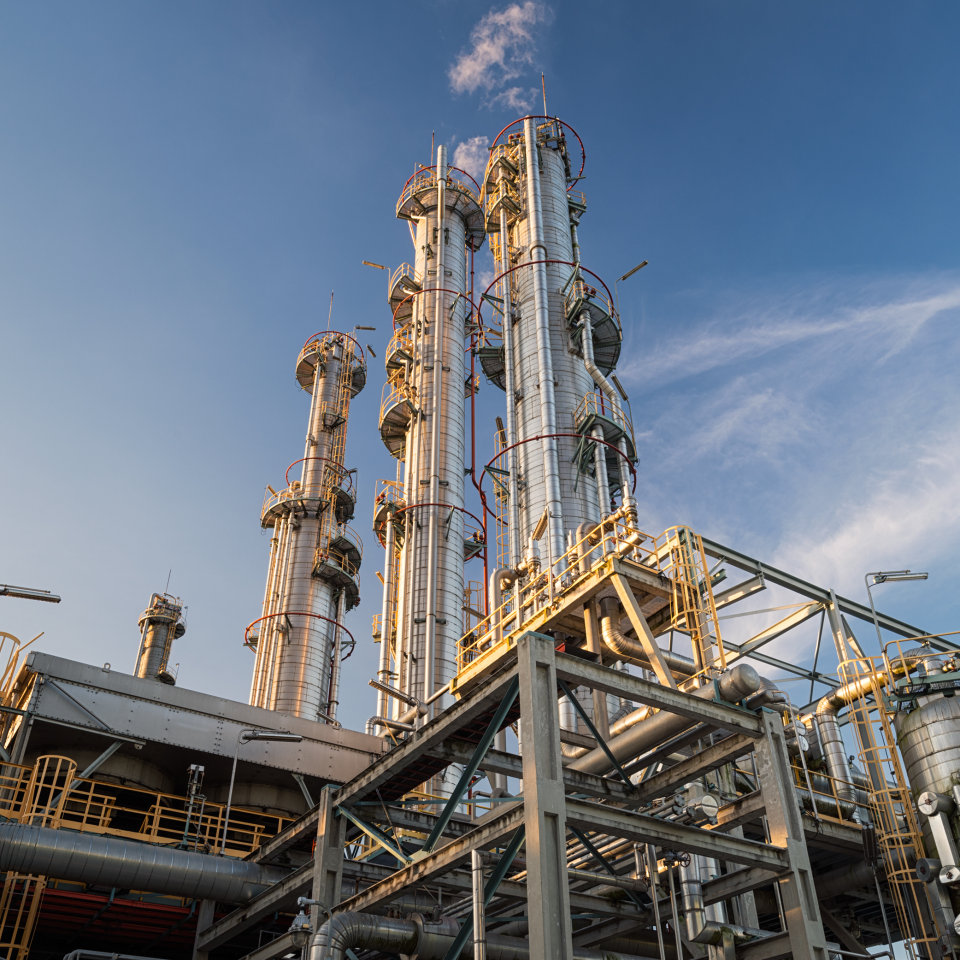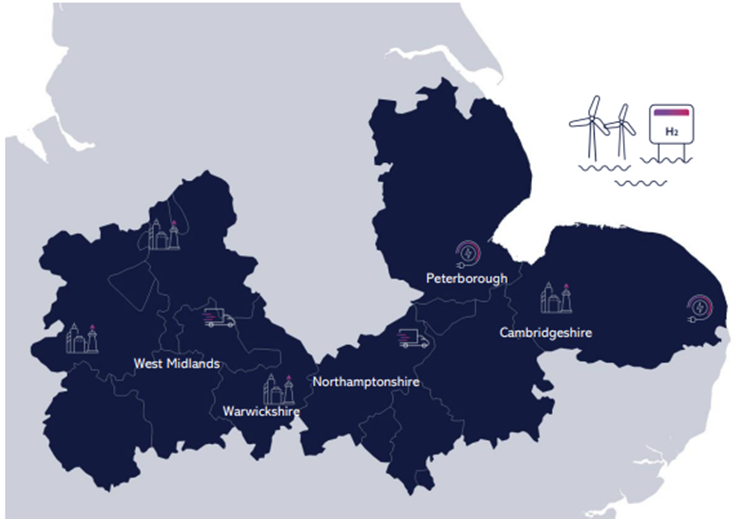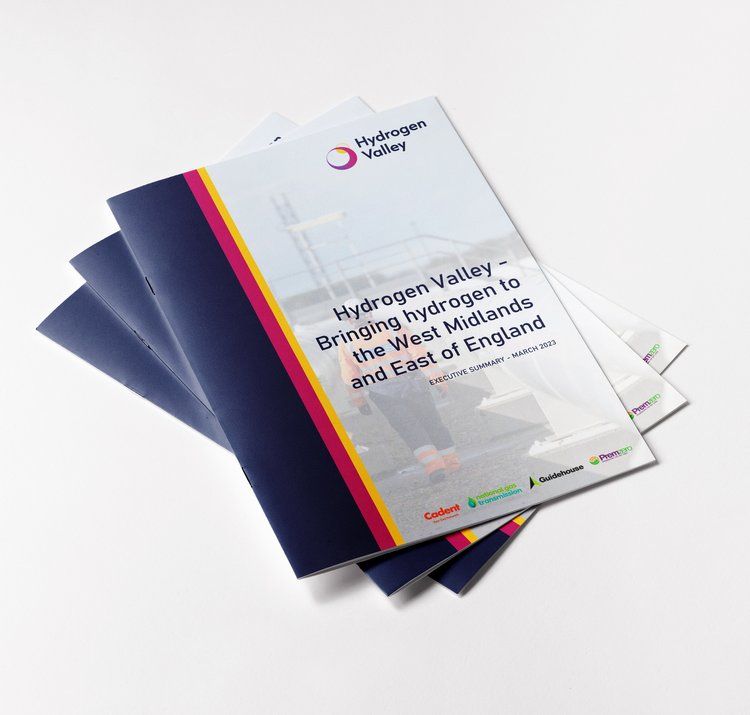
Hydrogen: Myths vs. Reality
The UK is accelerating its journey toward net zero, and hydrogen is emerging as a key player in the clean energy transition. Not only is it becoming more commercially viable. but hydrogen is also being embedded into the core of long-term energy policy.

Powering Net Zero: The UK's hydrogen policy landscape
The future for hydrogen is brighter than ever. Recent policy changes have not only demonstrated momentum in advancing hydrogen infrastructure, but they have shown a clear commitment from the Government for a hydrogen-powered future.

The companies using hydrogen to decarbonise their industries
Hydrogen has an increasingly large role to play as the world moves towards a net zero future. From fuelling buses and trains to decarbonising heavy industry, hydrogen has the potential to help decarbonise some of our hardest to abate sectors. Yet, despite its potential, hydrogen continues to be clouded by public misconceptions – particularly around safety, efficiency, and infrastructure.

Birmingham Airport
Birmingham Airport is a major UK airport serving the Midlands, located in Solihull, southeast of Birmingham city centre. Learn more about their involvement in the Hydrogen Valley programme and how hydrogen will help to decarbonise the airport in their case study.

CR Plus
CR Plus are a small, impartial consultancy delivering cost reduction, energy efficiency, decarbonisation, engineering services and funding support to various industries. Learn more about their involvement in the Hydrogen Valley programme and their future work across the hydrogen sector in their case study.

Keeling & Walker
Keeling & Walker are best known as the foremost supplier of tin oxide, and tin oxide-based materials. Learn more about their involvement in the Hydrogen Valley programme and how hydrogen will help to decarbonise the sector in their case study.

Updates from our recent Member Consortium Meeting
Read our latest newsletter, which summarises the latest updates provided in our recent consortium meeting, showcasing the growing momentum behind the Hydrogen Valley initiative.

How the Midlands is leading the hydrogen revolution
As industry and manufacturing has such a huge prevalence in the midlands region, hydrogen production initiatives will also help to enhance the socio-economic benefits associated with the energy transition in the region. Where rapid decarbonisation is needed, jobs across the hydrogen supply chain from production to consumption and storage will help to harness existing talent while repurposing older infrastructure.

Busting some hydrogen myths
We know hydrogen is a solution for extreme heat industries, but hopefully we’ve outlined that it’s also vital for industries that need steady, lower temperatures - industries that provide products we use every single day.
If hydrogen can bake our bread, brew our beer, and pasteurise our milk, it's clear: hydrogen isn’t just a fuel for heavy industry – it can also power the future of the food industry.

Hydrogen Valley welcomes its latest consortium members
Hydrogen Valley, a transformative regional initiative positioned in the heart of England, aims to drive job creation, CO2 reductions and attract substantial investment in West Midlands and the East of England.
In a testament to the impact that the programme could have on a regional level, we are delighted to welcome five new members to the consortium.

Hydrogen Valley - creating jobs, CO2 reductions and attracting investment in the West Midlands and East of England
The Hydrogen Valley, positioned in the heart of England, is a transformative regional hydrogen initiative driving job creation, CO2 reductions and attracting substantial investment in the West Midlands and East of England.

Feasibility Study – Executive Summary
National Gas and Cadent published a Feasibility Study in March 2023, unveiling its vision for safeguarding and creating jobs, reducing carbon emissions, attracting private capital investment, enhancing energy resilient and shielding customers from fluctuating prices.
Read the executive summary for an overview of the feasibility study.

Feasibility Study – Report
The Hydrogen Valley, positioned in the heart of England, will help to kickstart the hydrogen economy, driving job creation, CO2 reductions and attracting substantial investment in the West Midlands and East of England.
The economic impact and job creation potential of Hydrogen Valley are outlined in the feasibility study by National Gas and Cadent.
We’d love to hear from you.
If you would like to become an advocate of Hydrogen Valley, or if you’re located in the region and want to find out more or have insights to share, then please get in touch.
